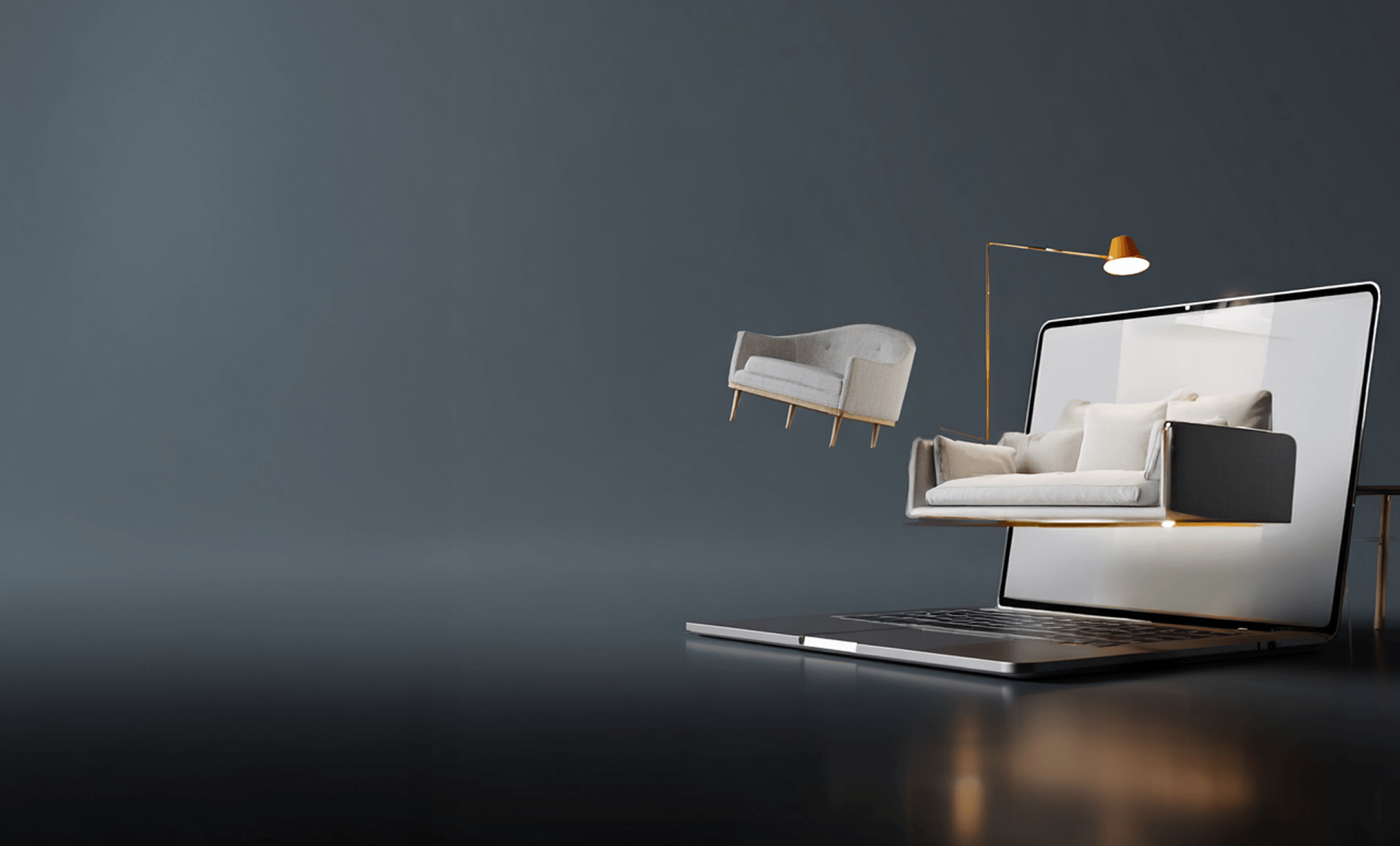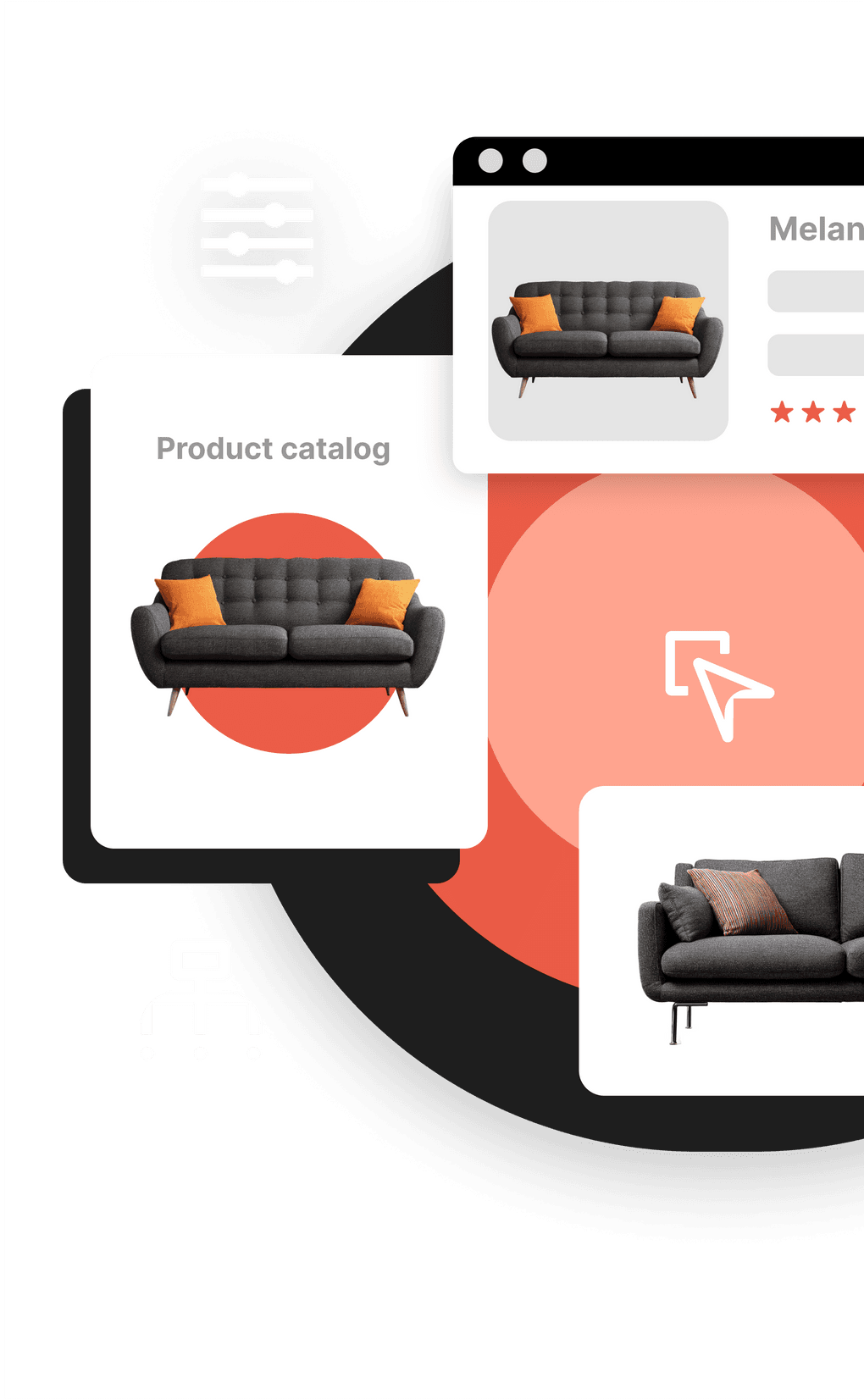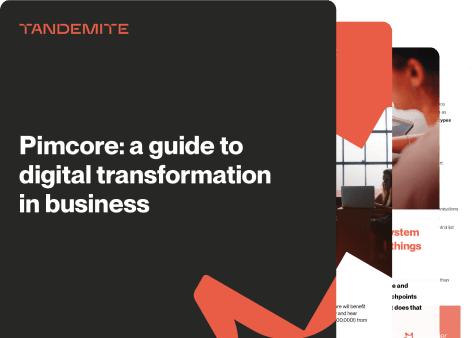
Get funding to digitize your company. We’ll help you secure it
The Dig.IT. Digital Transformation project is kicking off! Don’t miss the chance to upgrade your company and sharpen its competitive edge.



Sector with its own rhythm
Why do furniture manufacturers operate differently from the rest of the market?
Furniture is never just the product. It comes with configurations, tailored projects, and intricate logistics. These layers of complexity require a distinct approach to data, processes, and integration. Companies that adapt gain speed in quoting, accuracy in variants, lower service costs, and more satisfied business partners.

Variants and configurations replace simple SKUs
Furniture products almost never exist in just one version. They appear in countless combinations: fabrics, finishes, colors, modular pieces, or full sets that allow flexible arrangements.

Many transactions are handled as project-based sales
The workflow usually begins with an offer and continues through revisions, visualizations, and approvals before the order is finalized. What’s required are solutions that seamlessly convert these design iterations into orders.

Compatibility and alternative options matter
Support teams often face questions about extra parts or alternative materials. When no variant links exist, this quickly turns into confusion and wasted time.

Complex logistics + after-sales service
These areas drive both delivery cost and scheduling, and they finalize the sales process without disorder.

Pricing often depends on custom lists and project negotiations
The challenge – and the priority – is to provide every customer with the right price and conditions (covering MSRP, dealer and network prices, contract agreements, volume discounts and custom terms).

Product communication requires technical and visual content alike
Dealers and designers expect a complete toolkit: product packshots, interior shots, fabric samples, 2D and 3D/STEP models, and clear manuals.
PIM in furniture
Start with product data – and watch everything else speed up
Control and update product information from a single point – across catalogs, offers, webshops, and partner systems. With PIM, data remains complete, multilingual, and structured.

Data quality
Quality dashboards, alerts, full version control, defined tasks, and approvals

Accuracy in product variants
Smart validation and blocks that eliminate invalid product setups

Quick updates to all channels in one go
Streamlined workflows and less manual input for sales and marketing

E-commerce
From PIM to 24/7 sales success
Well-structured product data becomes powerful when paired with B2C and B2B platforms. Continuous sales become reality – in every channel and for all customer segments.

AI
AI across the furniture ecosystem
- Attribute and description enrichment in your brand’s tone of voice
- Automated tagging of images and 3D renders (fabric, color, style detection)
- Semantic product search (“sofa for a compact living room with easy-clean fabric”)
- Smart recommendations of bundles and complementary products
Automation
From manual work to automation
- Instantly generate product sheets and PDF offers with renders and sample sets
- Ensure consistency with approval workflows for content and pricing
- Guarantee completeness by publishing only finished products
- Hide unavailable variants automatically, without manual checks
- Get alerted to data errors: missing dimensions, wrong units, outdated photos
How we work
From idea to action, step by step
- Discovery call. Objectives & requirements
- Scoping session. Defining business & technical priorities
- Pre-implementation analysis. Recommendations, budget estimate, risk identification
- Implementation and integration
- Stabilization and training
- Support, SLA, optimization
Frequently asked
When will the results show?
Rather than launching everything at once, we start with a Minimum Viable Product. This ensures you get something valuable right away, without blocking further development. Alongside standard metrics such as digital order rate and basket value, it’s smart to track how long it takes to go from inquiry to offer and from offer to order. You should also watch search conversion (queries that lead to product clicks), the share of variant errors (like wrong material), and the number of emails or phone calls needed per order. If these KPIs decrease week after week, it confirms the MVP is doing its job and the project can be scaled further.
How to kick off when our input is mostly Excel sheets and PDFs?
1. Comprehensive audit and quality review
- Consolidate all files: Excel, PDF, catalogs, CAD/3D.
- Assign version control, ownership, and identify the authoritative source.
- Detect duplicates, gaps, and contradictions.
2) Development of a furniture data model
- Establish a unified attribute dictionary and measurement units.
- Map hierarchical relations: collections, parent–child, bundles, components, replacements.
- Define naming conventions and the minimal “must-have” dataset.
3) Standardization and cleaning
- Adjust formats and units.
- Map legacy fields into the PIM structure.
- Highlight gaps like missing media or product details.
4) Import templates
- Create CSV/Excel files based on the agreed model.
- Include validations to prevent errors during data entry.
5) MVP: „Minimal catalog”
- Select a single collection and import it into PIM.
- Publish to one channel (e.g., website or B2B portal), test the process, and refine data rules.
6) Automation & governance
- Introduce KPIs for data quality, alerts for missing info, and approval steps.
- Shift all regular updates (e.g., pricing, product changes) into PIM.
7) Scaling
- Roll out to more collections and sales channels, add rich media.
- Define ownership: who creates, reviews, and approves data.
Can e-commerce be effective with bulky or custom-order products?
Yes, as long as the system ensures accurate information and transparent delivery and assembly conditions. B2C helps customers explore options, and B2B streamlines dealer tasks. PIM provides the solid base for both.
Who should take part in the project?
Every project is a partnership. We bring technology and expertise, but active client participation ensures that solutions fit real business needs.
Your contribution:
- Cross-team involvement (product, sales, marketing, IT).
- Access to ERP, CRM, CAD, and file sources.
- Decisions on data modeling and variations.
- Acceptance tests during reviews.
Our contribution:
- Testing: functional, security, performance.
- Architecture, integration, deployment, and maintenance.
- Advisory support and training.

Why Tandemite?
We’re not just another software provider – we’re your problem-solving partner.
We know the daily realities of furniture production and transform them into smart, easy-to-use solutions that start driving sales immediately.
Write to us






